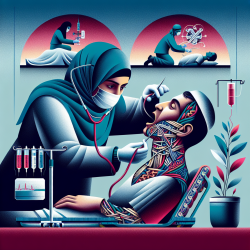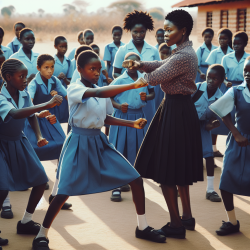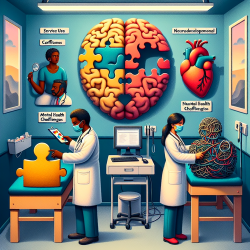The increasing frequency of mass shootings in the United States presents a significant challenge to public health and emergency medicine. While much attention is given to fatalities, the impact of nonfatal injuries is equally profound. A recent study titled "Nonfatal Injuries Sustained in Mass Shootings in the US, 2012–2019: Injury Diagnosis Matrix, Incident Context, and Public Health Considerations" provides critical insights into the nature of these injuries and offers valuable lessons for practitioners.
The Study's Key Findings
This comprehensive analysis examined data from 403 survivors across 13 mass shooting incidents between 2012 and 2019. The study utilized the Barell Injury Diagnosis Matrix (BIDM) to classify injuries and revealed that:
- 364 individuals sustained physical injuries, with gunshot wounds (GSWs) accounting for a significant portion.
- A notable percentage of victims presented with psychiatric diagnoses, highlighting the psychological impact of such events.
- Semi-automatic firearms were used in all incidents, underscoring their role in mass casualty events.
Practical Applications for Practitioners
The findings from this study can significantly enhance trauma care practices:
- Enhanced Emergency Preparedness: Understanding the typical injury patterns can help emergency departments better prepare for mass casualty events. This includes ensuring adequate resources and training for handling complex trauma cases.
- Mental Health Support: Given the high incidence of psychiatric issues among survivors, integrating mental health services into emergency response plans is crucial. Practitioners should be prepared to address both immediate and long-term psychological needs.
- Policy Advocacy: The study highlights the need for policy changes to address gun violence. Practitioners can play a role in advocating for measures such as restrictions on high-capacity magazines and improved background checks.
The Need for Further Research
The study calls for additional research funding to explore preventive measures and improve response strategies. By expanding our understanding of nonfatal injuries and their long-term effects, we can develop more effective interventions and policies to mitigate the impact of mass shootings.










